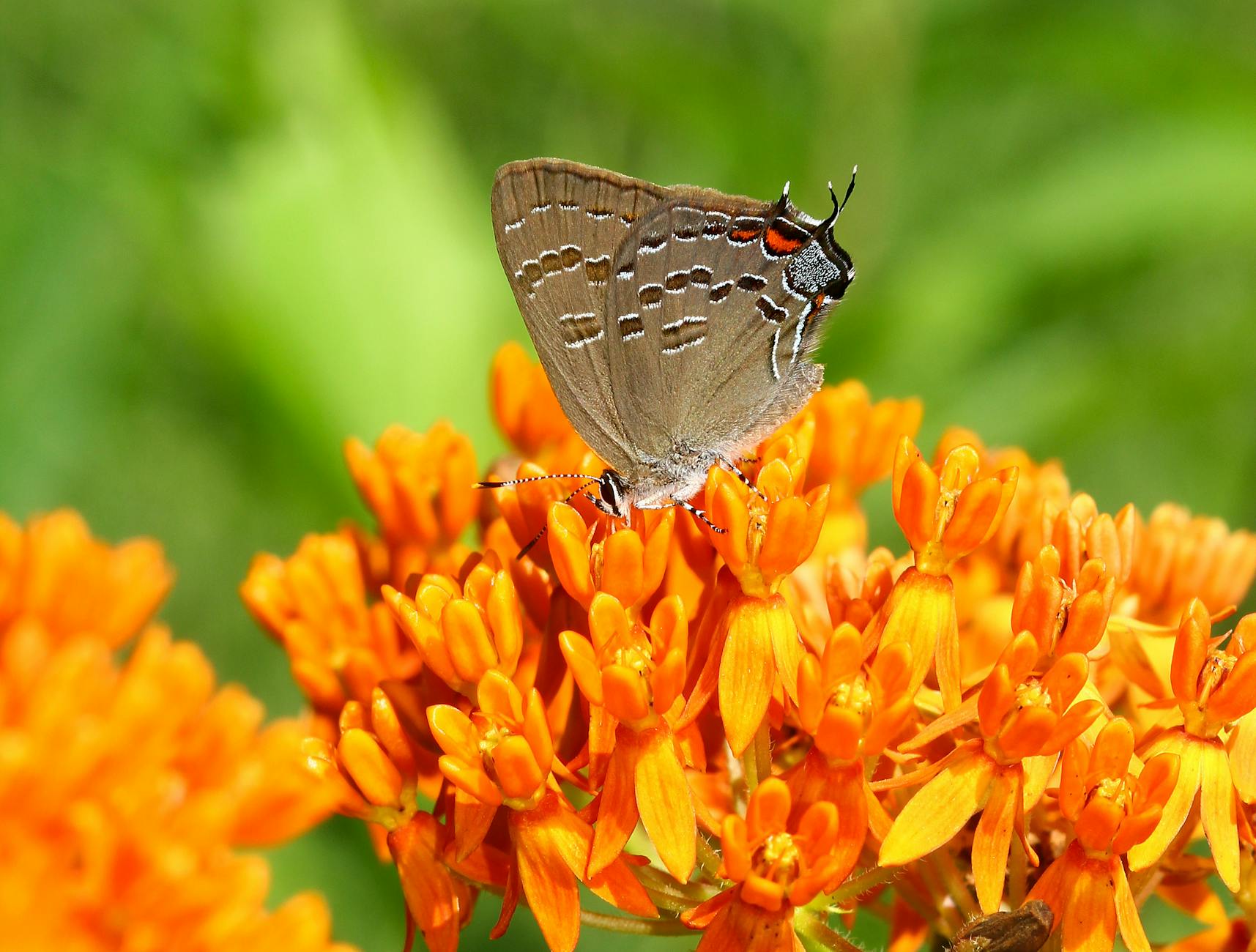Practical Tips for Sustainable Landscaping
Creating a low-maintenance native plant garden is one of the most rewarding ways to contribute to local conservation efforts. Native plants are not only beautiful but also serve as essential habitats for local wildlife, pollinators, and birds. For those of us looking for a garden that supports the environment while minimizing upkeep, this type of garden is an excellent solution. Let’s dive into the practical steps of creating your own low-maintenance native plant garden.
Understand Your Environment
Before planting, it’s crucial to get to know your garden’s unique environment. Start by assessing your soil’s texture—whether it’s sandy, clay, or loamy—since different native plants thrive in different soil types. Understanding your garden’s sunlight exposure is also key. Some plants love full sun, while others thrive in partial shade. By choosing plants suited to your soil and sunlight conditions, you’ll set the foundation for a thriving, low-maintenance garden.
Choose the Right Plants
Selecting plants that are native to your area is one of the easiest ways to reduce maintenance. Native plants are adapted to your region’s climate, so they are naturally more drought-tolerant, pest-resistant, and generally low-maintenance. Examples of easy-care native plants include Purple Coneflower, Black-eyed Susan, and Bluebonnets. These plants don’t need a lot of attention but will provide color, texture, and a wonderful environment for pollinators like bees and butterflies.
Design a Thoughtful Layout
Once you’ve chosen your plants, it’s time to design your garden. Think about grouping plants with similar needs together. For example, place drought-tolerant plants in sunny, dry areas and shade-loving plants in cooler, shadier spots. Creating layers with plants of different heights will add visual interest and allow you to design for beauty throughout the seasons. Your goal is to create a self-sustaining garden that requires little intervention as it matures.
Mulch and Watering Techniques
One of the secrets to a low-maintenance garden is proper mulching and watering. Mulch helps keep moisture in the soil, suppresses weeds, and insulates roots against extreme temperatures. Additionally, native plants are typically drought-tolerant and don’t require frequent watering. When you do water, focus on deep watering that encourages strong root development. Rainwater harvesting can also be an eco-friendly way to irrigate your garden without relying on the tap.
Minimize Pesticides and Fertilizers
Native plants generally don’t need the synthetic fertilizers and pesticides that many traditional gardens require. They’ve evolved to withstand local pests and diseases. To control pests naturally, try attracting beneficial insects such as ladybugs or lacewings, which help keep harmful insects in check. Organic solutions like neem oil or insecticidal soap can also be effective if needed.
Create a Natural Habitat for Wildlife
Your low-maintenance garden can also become a safe haven for wildlife. By incorporating elements like birdhouses, butterfly feeders, and insect hotels, you can encourage birds, bees, and butterflies to visit and even make your garden their home. These elements create a balanced ecosystem and are a beautiful reminder that every small act contributes to larger conservation efforts.
Maintenance and Seasonal Care
Once your native garden is established, maintenance becomes a breeze. In the spring, you may need to do some light pruning or divide perennials to keep your plants healthy and vibrant. In the fall, you can clean up dead foliage and enjoy the beauty of the garden as it prepares for the winter months. Best of all, you’ll spend far less time on tasks like watering, fertilizing, or dealing with pests than you would with a traditional garden.
The Beauty of Small Steps
A low-maintenance native plant garden is not just a beautiful addition to your home—it’s an investment in the health of local ecosystems. By following these simple steps, you’ll create a self-sustaining garden that supports wildlife, conserves water, and requires minimal upkeep. As you begin your gardening journey, remember that every plant you add is a small, yet powerful step toward restoring and preserving the natural world.
When I reflect on the journey of creating a native plant garden, I’m reminded of how the smallest of actions can have a lasting impact. Each plant we add to our garden is a piece of the puzzle in restoring local ecosystems. It’s humbling to think that by planting a few native flowers, we’re creating a habitat for pollinators, supporting wildlife, and contributing to a larger movement toward ecological balance. No act is too small—each step we take toward sustainability makes a difference. My hope is that through your own gardening journey, you’ll find not only joy and beauty but also a deep sense of connection to the land and to each other.

